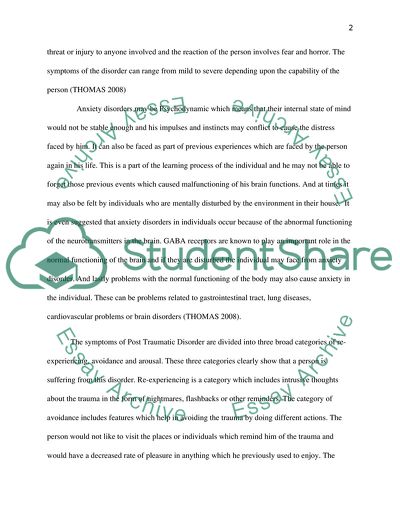Cite this document
(PTSD Research Paper Example | Topics and Well Written Essays - 1250 words, n.d.)
PTSD Research Paper Example | Topics and Well Written Essays - 1250 words. https://studentshare.org/medical-science/1756877-post-traumatic-stress-disorder-and-anxiety
PTSD Research Paper Example | Topics and Well Written Essays - 1250 words. https://studentshare.org/medical-science/1756877-post-traumatic-stress-disorder-and-anxiety
(PTSD Research Paper Example | Topics and Well Written Essays - 1250 Words)
PTSD Research Paper Example | Topics and Well Written Essays - 1250 Words. https://studentshare.org/medical-science/1756877-post-traumatic-stress-disorder-and-anxiety.
PTSD Research Paper Example | Topics and Well Written Essays - 1250 Words. https://studentshare.org/medical-science/1756877-post-traumatic-stress-disorder-and-anxiety.
“PTSD Research Paper Example | Topics and Well Written Essays - 1250 Words”. https://studentshare.org/medical-science/1756877-post-traumatic-stress-disorder-and-anxiety.


